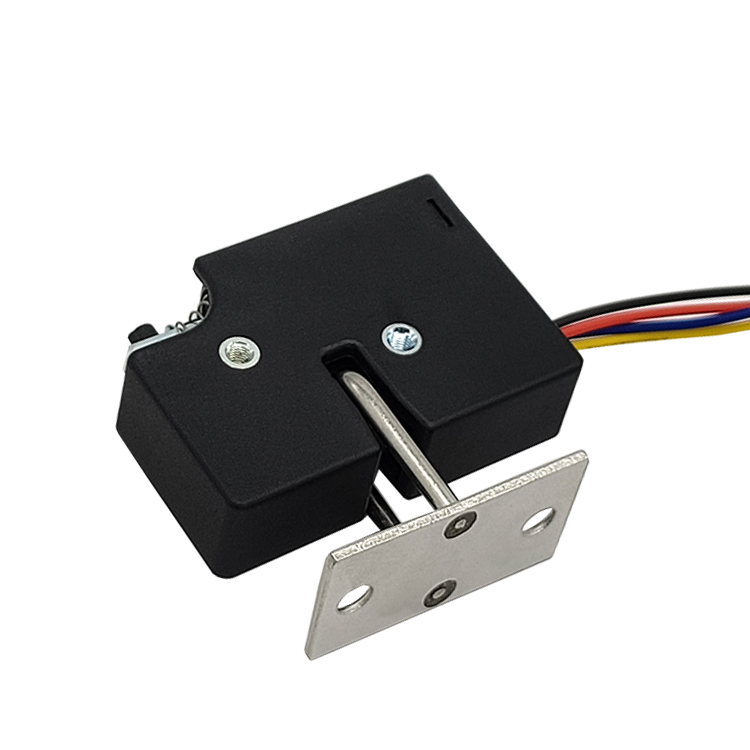Electric locks, as a common safety protection device, are widely used in various places, such as homes, offices, factories, etc. However, during use, the Electric Lock may also experience various malfunctions. This article will explore in detail the common types of faults and their causes of electric locks, so that users can timely discover and solve problems during use. 1. Unable to lock or unlock One of the most common malfunctions of an electric lock is the inability to lock or unlock it. This may be caused by power supply issues, motor malfunctions, or internal mechanical failures in the lock body. Firstly, users should check whether the power supply is connected properly and whether the power supply voltage meets the requirements of the electric lock. If the power supply is normal, it is possible that the motor has malfunctioned and needs to be replaced. In addition, the mechanical components inside the lock body may also be worn or damaged, resulting in the inability to lock or unlock normally. In this case, the lock body needs to be replaced. 2. Slow locking or unlocking speed When locking or unlocking an electric lock, if the speed significantly slows down, it may be due to motor aging, insufficient power supply voltage, or excessive resistance from mechanical components inside the lock body. For the issue of motor aging, you can try replacing the motor; If the power supply voltage is insufficient, you can check whether the power supply circuit is too long, whether the power plug is loose, etc., to ensure stable power supply voltage; If the internal mechanical components of the lock body have excessive resistance, it may be necessary to clean or replace the relevant components. 3. Locking tongue cannot be fully extended or retracted The locking tongue of an electric lock sometimes cannot be fully extended or retracted during the locking or unlocking process. This may be caused by foreign objects in the lock tongue guide groove, failure of the lock tongue spring, or internal mechanical failure of the lock body. Users can first check if there are any foreign objects inside the guide groove, and if there are any foreign objects, they need to be cleaned thoroughly; If the locking tongue spring fails, the spring needs to be replaced; If it is an internal mechanical failure of the lock body, it may be necessary to disassemble the lock body for inspection and repair.

4. Electromagnetic does not engage The electromagnet of the electric lock should be able to engage after being powered on to achieve locking or unlocking. If the electromagnet cannot be engaged, it may be due to an open circuit in the electromagnet coil, insufficient power supply voltage, or excessive gap between the electromagnet and the lock body. Users can check if the electromagnetic coil is open circuit, and if there is an open circuit, the coil needs to be replaced; At the same time, it is necessary to ensure the stability of the power supply voltage and adjust the gap between the electromagnet and the lock body to ensure that the electromagnet can be engaged normally. 5. Damaged electric lock housing The outer shell of the electric lock, as the protective layer of the electric lock, may be damaged by impact or compression during use. If the casing is severely damaged, it may affect the normal use of the electric lock and even lead to its failure. For the issue of shell damage, users can consider replacing the entire electric lock or contacting professional maintenance personnel for repair. 6. Remote control or receiver malfunction For wireless controlled locks, the remote control or receiver may malfunction, making it impossible to remotely control the lock. Users can try replacing the battery of the remote control or checking if the communication between the remote control and the receiver is normal. If the problem persists, it is possible that the receiver has malfunctioned and needs to be replaced. In summary, the electric lock may encounter various malfunctions during use, including inability to lock or unlock, slow locking or unlocking speed, inability to fully extend or retract the lock tongue, non engagement of the electromagnet, damage to the electric lock housing, and malfunction of the remote control or receiver. For these faults, users should make judgments and handle them according to the actual situation, promptly eliminate the faults, and ensure the normal use of the electric lock. At the same time, in order to extend the service life of the electric lock, users should also regularly maintain and upkeep the electric lock, such as cleaning the lock body, checking the power circuit, etc. In addition, choosing a reliable and well serviced electric lock brand and supplier is also an important measure to avoid malfunctions.
